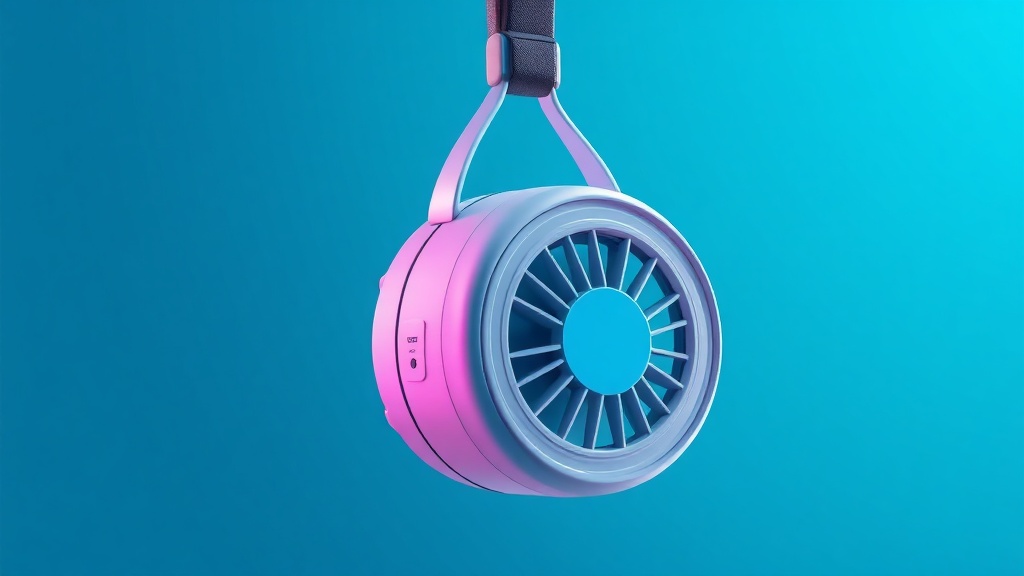Home / Environment / Wearable Air Purifiers: Delhi's Pollution Savior or Mere Accessory?
Wearable Air Purifiers: Delhi's Pollution Savior or Mere Accessory?
17 Nov
Summary
- Delhi's air quality continues to hover between 'Severe' and 'Very Poor' categories
- Wearable air purifiers gaining popularity as a quick fix, but effectiveness questioned
- Experts caution they are not a solution to Delhi's pollution crisis

As of November 17th, 2025, Delhi's air quality index (AQI) continues to hover between the 'Severe' and 'Very Poor' categories, posing serious health risks to residents. In response, many are turning to wearable air purifiers as a quick fix, though their effectiveness remains questionable.
According to the Central Pollution Control Board (CPCB), an AQI between 301-400 is classified as 'very poor', while 401-500 falls into the 'severe' category. Prolonged exposure to such poor air quality can cause respiratory illness, particularly among those with lung and heart disease. At severe levels, even healthy individuals may experience respiratory impacts.
While wearable air purifiers are not as widely adopted as masks, they are gradually gaining more traction in the capital. Experts, however, caution against viewing these devices as a solution to Delhi's pollution crisis. Sunil Dahiya, lead analyst and founder of Envirocatalysts, an independent environmental research organization, remarked that wearable air purifiers are "merely an added cosmetic accessory" and cannot match the high level of protection offered by certified N95 masks, particularly in heavily polluted outdoor environments.
The report concludes that wearable air purifiers are mainly effective in reducing airborne particles within "personal breathing space" under enclosed or low-ventilation indoor conditions. In highly turbulent or open outdoor settings, their effectiveness diminishes rapidly due to the constant mixing of polluted outdoor air with the small zone around the wearer.




